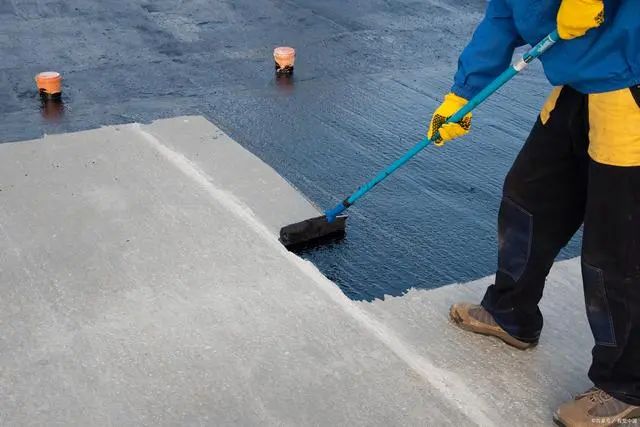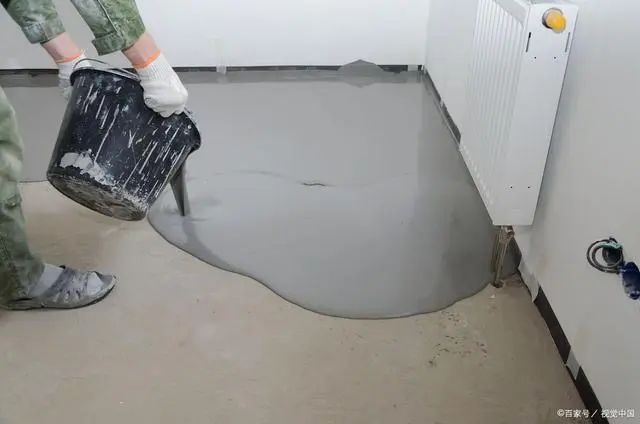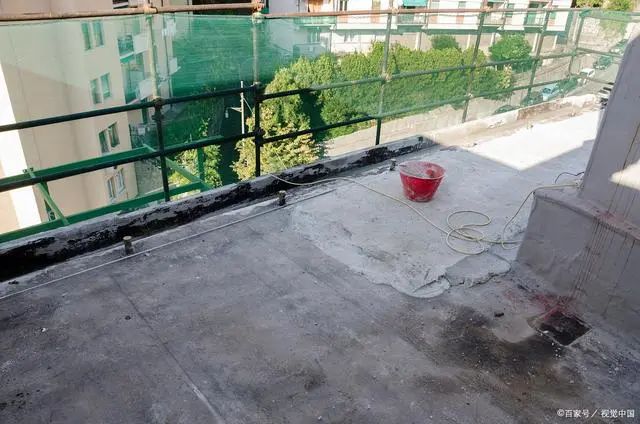One of the most important early stages in a hidden interior design project is waterproofing. If waterproofing is not done properly, it can lead to many troublesome problems later on, such as seepage and leaks. While everyone knows that waterproofing is essential in bathrooms, other areas require waterproofing treatment. The following are some of the key areas in the home that require special attention to waterproofing:

Kitchen waterproofing
Both the walls and floors of the kitchen need to be waterproofed, regardless of whether they're drained or not. Particular attention should be paid to the location of the floor drain and the roots of the pipes. Even in kitchens without floor drains, the floor should still be waterproofed to prevent splashes from making the floor slippery, which could lead to accidents. In general, kitchen walls should be waterproofed at least 30 cm. The joints between walls and floor should also be adequately waterproofed.

Balcony waterproofing:
The balcony is one of the most easily overlooked areas of the waterproofing system. To prevent infiltration from external elements such as rain and snow, exposed balconies need to be properly waterproofed. Even non-exposed balconies usually require waterproofing as balconies are often used for hanging and drying clothes. Joints around balcony windows, pipes, and corners where walls meet are particularly susceptible to moisture ingress during inclement weather and should be given special attention. When waterproofing, it is essential to remove any fillers and debris between the window frame and the wall, then inject a foaming sealant into the gaps and apply a 2mm thick waterproof coating around the window frame.

Ground floor waterproofing:
The area below the ground floor contains a significant amount of moisture and is susceptible to erosion from rain and groundwater. Without adequate waterproofing and damp-proofing, moisture can leak from the floor, causing damage. Therefore, in addition to key areas such as the kitchen and balcony, the waterproofing of the ground floor of a villa must include the waterproofing of all floors and walls. The usual practice is to apply a layer of waterproofing slurry first and then proceed with the finishing work.
Waterproofing trenches for water pipes:
The cement structure can be damaged if trenches are made in the floor and walls for water pipes. If water pipes leak, moisture can erode the floor and walls, leading to mold and flaking finishes, affecting the structural stability of the house. Therefore, before the pipes are laid, the interior of the trench must be waterproofed.
Waterproofing air conditioning holes:
Air conditioning holes should be sloped outwards and foamed to fill gaps and spaces around pipes, followed by silicone edge sealing.
By focusing on the key areas that need waterproofing in these renovations, we hope to remind everyone to consider waterproofing when renovating to ensure the durability and comfort of the home. It is recommended that you consult with a professional before the actual construction work to ensure an effective waterproofing treatment.




